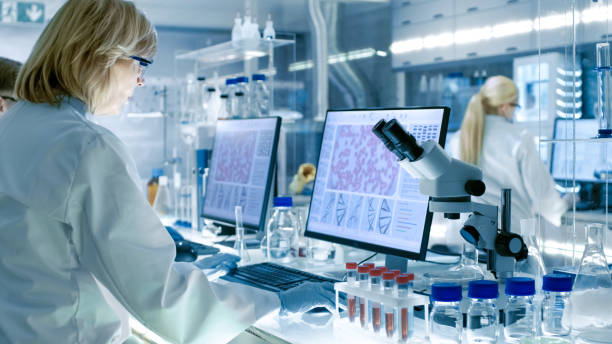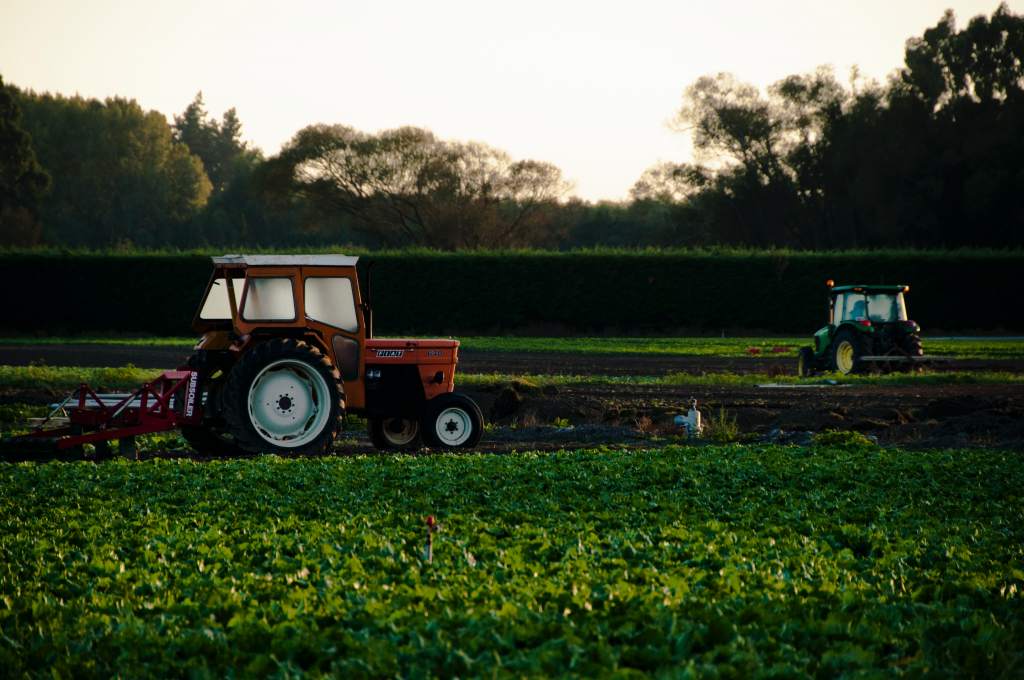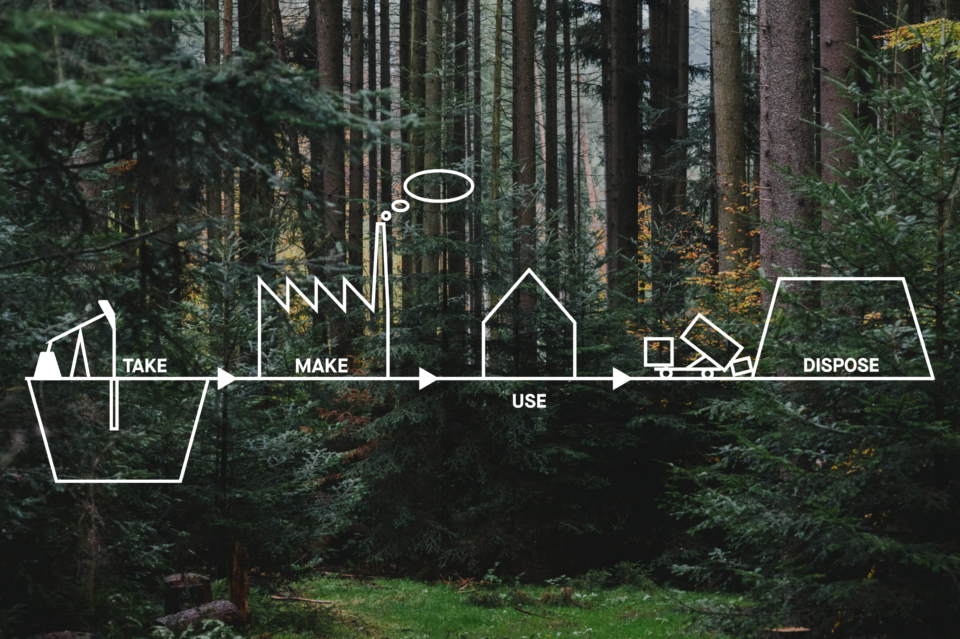Health, medical research and life sciences

Australian medical research is responsible for many medical breakthroughs including penicillin, the bionic ear and greyscale ultrasound imaging.
The pandemic brought forward the adoption of telehealth across Medicare, helping protect clinicians and their patients from unnecessary risk of COVID-19 exposure, now the Australian Government is making it a permanent part of Australia’s health services.
The Australian Government is providing an additional A$9.8 billion in the Mid-Year Economic and Fiscal Outlook (MYEFO) update to deliver ongoing Telehealth, COVID vaccinations, and to ensure Australians have access to world-class health care and medicines.
The Australian Government also continues to move forward on significant reform agenda in aged care and mental health, building on the Budget 2021–22 investment of A$17.7 billion and $2.3 billion respectively.
The Australian Government has already announced a significant continuation of COVID-19 response measures worth $540 million including:
- The Aged Care Preparedness Support Measures Extension
- The Victorian Aged Care Response Centre (VACRC)
- Support for Aged Care Workers in COVID-19 Program (SACWIC)
- COVID-19 Indigenous and Remote Response Measures
- The National Incident Centre
- MBS fees for COVID-19 pathology items
- COVID-19 pathology testing in aged care
- Aged Care: RAD Loan Scheme, and
- Health research into COVID-19 vaccinations, treatment and modelling.
Digital

Victoria is Australia’s digital technology leader, generating approximately $34 billion in revenue annually and employing over 83,000 people in approximately 8,000 companies – almost a third of Australia’s ICT workforce.
Some of the foreign investors already based in Melbourne include:
• GoPro (USA) • IBM (USA) • NEC (Japan) • Pactera (China) • Square (USA) • Thales (France) • Infosys (India) • Mimecast (UK) • SAP (Germany) • Slack (USA) • Wipro (India) • Zendesk (USA)
Victoria’s focus area of investments in digital includes fintech, cybersecurity, cloud and Saas and digital games. Melbourne houses 103 digital game development studios.
Agri-food

Ag2030 is the Australian Government initiative to deliver A$100 billion in agriproduct output by 2030.
Achieving the Ag2030 goal will require:
- the current increased growth rate in gross value to continue
- increased export market access and diversification
- the maintenance of Australia’s reputation for high quality and sustainable produce.
In achieving the Ag2030 goal, the Government initiatives across the 7 themes of the Delivering Ag2030 plan provide funding and investment to:
- expand trade opportunities
- strengthen our biosecurity systems
- reward farmers for the stewardship of their land
- ensure that we have fair, strong and resilient supply chains
- improve the competitiveness and innovative capacity of the industry
- deliver the infrastructure our farmers and rural businesses need
- invest in people.
Advanced manufacturing

Advanced manufacturing describes businesses and supply chains that have established sustainable global competitiveness through advanced capabilities and characteristics. The features of advanced manufacturing include:
- anticipating market opportunities and customers’ needs
- competing on value, including through developing and commercialising products and processes with a significant international competitive advantage
- having strong leadership, and investing in a highly-skilled workforce
- being globally-oriented, integrated and connected
- utilising leading manufacturing technologies, techniques and data
- collaborating with business partners across value chains and with leading researchers.
The Victorian government offers various support and grants for businesses to expand and innovate their manufacturing processes.
Focal areas of interest in this space with regard to the supply chain include the steel industry, graphene, wine and solar facilities and prefabricated construction.
New energy, emissions reduction and circular economy

New energy or renewable energy is the energy obtained from renewable resources that refill over time. Energy obtained from these renewable resources is useful in many crucial areas such as water and air heating/cooling, electricity generation, off-grid (rural) energy services and transportation.
The newest type of energy currently under observation is called neutrinovoltaic energy, sourced from a tiny neutrino particle which is a tiny subatominc particle emitted along with an electron during the decay process. Neutrino energy is the equivalent of harvesting energy from our surroundings, regardless of weather conditions and can pass through almost every substance known to science.
Victoria’s greenhouse gas emissions and targets include net-zero emissions by 2050. With most emission reductions achievable from electricity generation and landuse, Victorian households are responsible for the biggest share of emissions. Innovation in this space is supported by the government with action on climate change.
